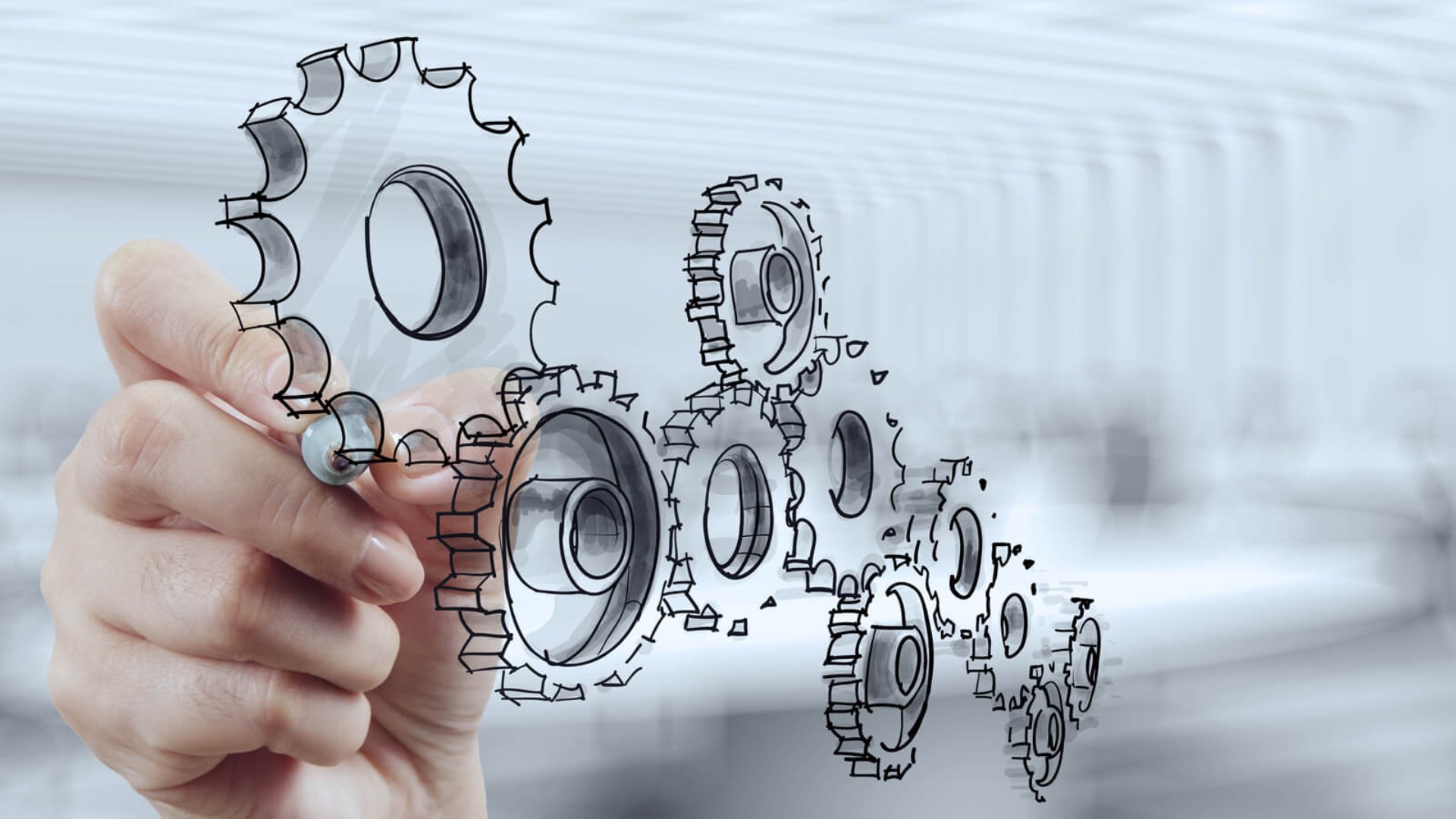Partnership with a long history
“We have a long history with Liebherr. Firstly, two Liebherr companies are our customers, the connection to the group has therefore existed for a very long time. Secondly, we opened a plant in India in 2003/2004, which we equipped with around 25 Liebherr machines” states Paolo De Col. “The parts were manufactured in Germany and assembled in India. Liebherr Machine Tools India was set up in Bangalore at the same time as our subsidiary. We believe in Liebherr India and Carraro, who was confident of the excellent quality of the machines in our production, released an order of 25 machines, thereby opening up the Indian market.”
In addition, when it comes to gear skiving, SIAP demonstrated its huge confidence in the Kempten-based technologies. The company’s first manufacturing gear skiving machine is in Maniago. “For us, skiving is a new and very interesting topic. Together with Liebherr, we have the opportunity to jointly develop a new machine with a new process. Liebherr is familiar with all challenges of mass production – we have access to the developers and can bring about improvements, both to the machine, and to the process and tools.” The Liebherr skiving3 (machine, tool, and technology) approach is also very effective in the collaboration with SIAP.
Focus on costs and quality
Luca Cadelli, sales manager of SIAP, responds to the question about why SIAP is mainly introducing the new technology: “The market requires this machining method. Gear skiving promises better quality while reducing costs. This combination is irresistible for our customers, because everyone pays attention to costs and quality.” Cadelli and De Col expect that a successful introduction of the skiving³ process will be critical for gaining a competitive edge in the medium term.
At SIAP the LK 500 produces, e.g. various internal gearings - a classic application for gear skiving, as here only the considerably slower gear shaping technology can be used. “We are extremely satisfied with the production speed”, reports the COO. “The machine works roughly five times faster than our shaping machines. If we want to expand our production, we compare the procurement of a skiving machine to the purchase of three shaping machines in the latest generation.” Other costs are included in this comparison: number of operators, installation space, tool costs and set-up times. “A single machine has clear benefits of course.” Even without the gear skiving machine, SIAP currently has a daily production capacity of 3000 internal gears.






